In the ever-growing world of compact cars, efficiency, agility, and affordability are high on the list of buyer priorities. These vehicles often serve as daily commuters, urban navigators, or even small family cars.
While they typically excel in fuel economy, maneuverability, and price, compact cars sometimes make compromises in design, especially in areas like cabin space and accessibility.
One often overlooked but extremely practical concern is the functionality of the rear doors. For many drivers, particularly those with families, pets, or mobility issues, rear door access plays a major role in convenience. Unfortunately, not all compact cars deliver equally in this regard.
Rear doors that open too narrowly can pose several challenges. For instance, getting a child in and out of a car seat becomes a frustrating task when the door doesn’t swing open wide enough. The same goes for elderly passengers, individuals with limited mobility, or anyone simply trying to load groceries, gear, or luggage into the back seats.
Some manufacturers design with a sleek look in mind, choosing form over function, while others are limited by the smaller footprint of the car itself. The consequence? An inconvenient and sometimes claustrophobic rear-entry experience.
This article examines six compact cars currently or recently available that are known for having rear doors with limited swing angles or narrow openings. These vehicles may shine in performance, fuel economy, or aesthetics, but they falter in the area of rear seat accessibility.
For each car, we’ll discuss how the narrow door design affects real-world use, consider any related design trade-offs, and offer practical context for potential buyers. This isn’t about disparaging the vehicles outright — all of them have their merits — but rather about shining a light on an often-overlooked usability concern that matters more than it gets credit for.
If rear seat accessibility is something you prioritize — whether due to kids, mobility concerns, or simply comfort — this list might help you make a more informed decision. Let’s take a closer look.
Also read: 5 Cars With Advanced Safety Features That Actually Work and 5 That Glitch
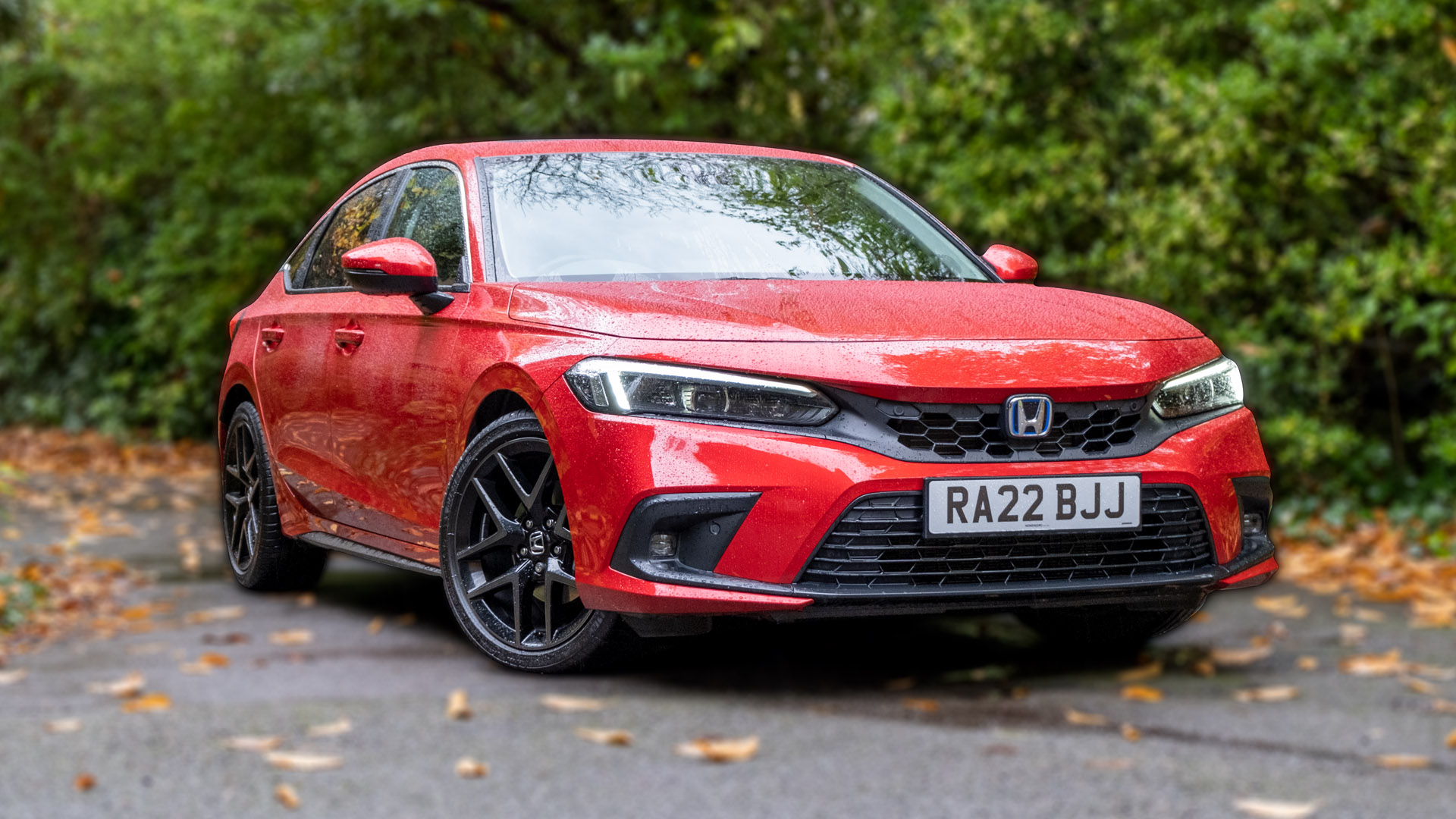
1. Honda Civic Sedan
The Honda Civic Sedan has built its reputation on being an all-around reliable performer with a sharp design and efficient engineering. But when it comes to rear door access, it falls short of ideal.
The door swing is noticeably limited compared to some competitors, and it’s especially tight for taller passengers or those needing more room to maneuver. The opening doesn’t feel proportional to the otherwise generous rear seat space, creating a bottleneck effect.
Parents with small children may find the process of securing a car seat unnecessarily difficult. The narrow swing angle combined with the sloping roofline restricts vertical space, forcing users to bend and reach in awkward positions.
This is a daily challenge for families, and although the Civic offers decent room once inside, the journey there isn’t always smooth. For a car that many buy as a daily family vehicle, this is a detail that can’t be overlooked.
The problem becomes more pronounced when you’re parked in tight spaces. Because the doors can’t open wide, you’re limited in how much room you have to maneuver a person or object through.
In city environments or crowded lots, it can be frustrating. It’s not uncommon for Civic owners to open a rear door only to find themselves squeezing in sideways or asking passengers to “watch their heads.”
From a design standpoint, the rear doors suffer due to the Civic’s emphasis on style. The sweeping rear end and sleek silhouette work visually, but they result in a smaller rear portal. It’s a classic form-over-function trade-off, and while many buyers might prioritize looks, those who frequently use the rear seats may feel the pinch, literally and figuratively.
Ultimately, the Civic remains an excellent car, but it is best suited to individuals or couples who don’t rely heavily on the rear seats. For families or rideshare drivers, this specific ergonomic issue may become a recurring hassle that overshadows the Civic’s otherwise excellent performance and reliability.
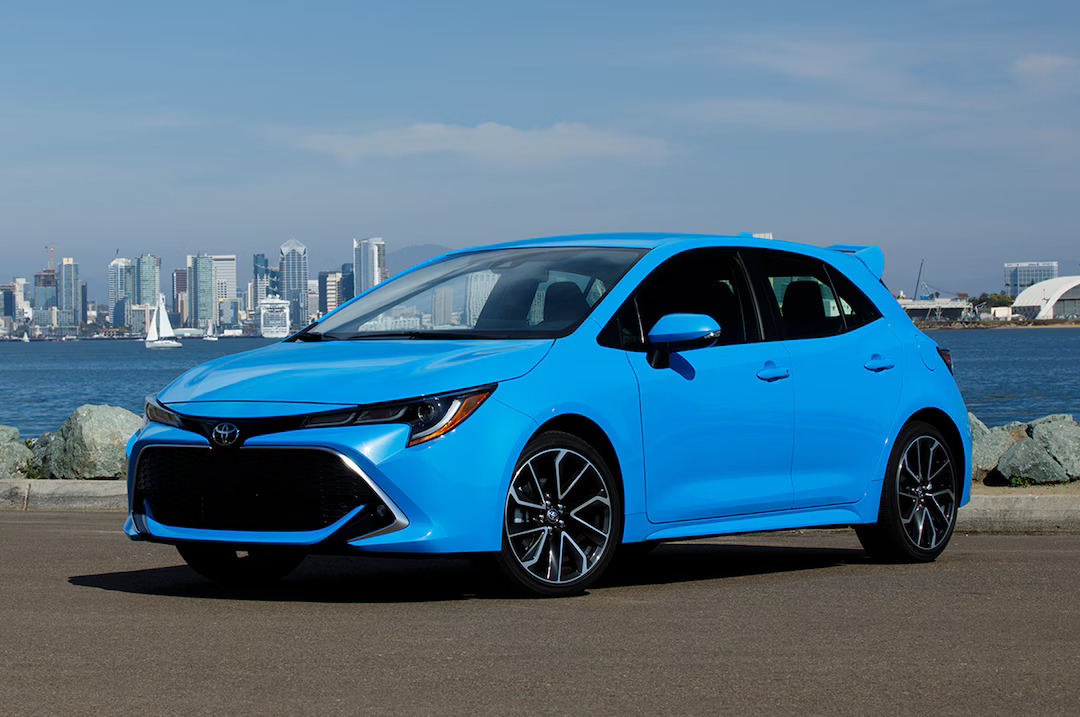
2. Toyota Corolla Hatchback
The Toyota Corolla Hatchback is designed for urban adventurers who want something compact yet stylish. Toyota has given this car a youthful, sporty vibe that makes it appealing to a wide range of buyers. But even with its fresh design and reputation for reliability, the Corolla Hatchback stumbles in a surprising place: rear seat access. The rear doors are noticeably small, and their limited opening radius reduces convenience significantly.
For a hatchback — a body style often associated with practicality — this is particularly disappointing. Buyers often expect hatchbacks to offer better cargo and passenger access than sedans, but the Corolla Hatchback doesn’t live up to that standard.
The compact dimensions are part of the problem, but the sharply angled rear doors exacerbate the issue. The result is a tight squeeze for passengers entering or exiting the rear seats.
Parents with young children will find the narrow doors an impediment when dealing with car seats or booster seats. The limited swing doesn’t allow for much flexibility, and the rear wheel arches intrude slightly into the entryway.
Even placing a simple bag or backpack in the rear seat can become a clumsy task. In situations where efficiency matters, such as the morning school run, this small flaw becomes a daily nuisance.
The headroom also suffers from the aggressively sloped roofline at the rear. Taller passengers must duck significantly, and the ingress/egress angle makes things worse.
What looks like a sporty, efficient hatch from the outside becomes a bit of a logistical challenge when it’s time to load in people or items. It’s the kind of compromise that becomes more noticeable the longer you own the vehicle.
Despite its many strengths in infotainment, fuel economy, and design, the Corolla Hatchback is not a top performer in terms of rear-seat usability.
Buyers considering this model would do well to physically test the back doors before committing, especially if regular rear-seat use is expected. Otherwise, the limitations may gradually wear down the appeal of what is otherwise a well-rounded compact hatch.
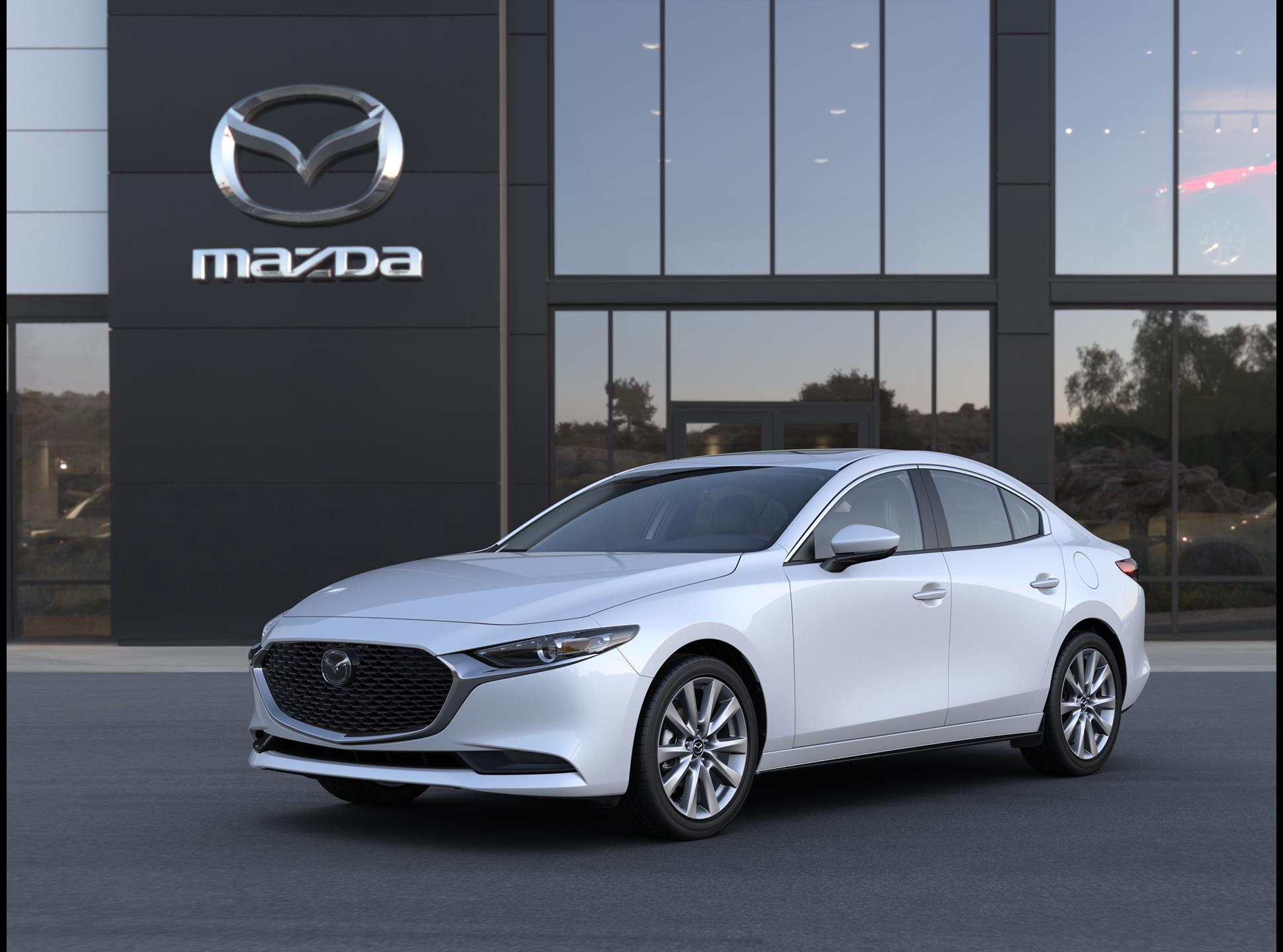
3. Mazda3 Sedan
Mazda has positioned the Mazda3 as the premium compact — a car that blends practicality with upscale driving pleasure. While it succeeds on many fronts, the rear door design is one of its more unfortunate flaws.
The doors open to a narrower angle than is typical in the segment, and the rear door frames are sculpted in a way that cuts into the usable space, making entry and exit harder than it needs to be.
One issue is the curvature of the door and roofline, which creates a tighter opening near the top. For passengers, especially those taller than average, this means ducking more deeply than you’d expect just to get in.
This may not sound like a dealbreaker, but when repeated daily, it becomes a subtle but persistent annoyance. Add to that the limited space to swing your feet in, and you’ve got a car that’s surprisingly awkward to enter from the back.
Mazda3’s design language — with its sweeping curves and low profile — comes at the cost of practical access. The rear wheel arches intrude into the door cut, further limiting space and making the opening feel even more pinched. While the cabin space once you’re seated is actually respectable, the process of getting there isn’t as smooth or graceful as the rest of the car.
For families or anyone frequently carrying passengers, this usability flaw becomes hard to ignore. Even the act of installing a car seat can feel more difficult than it should.
The narrow door swing limits the angle at which you can lean in, making it harder to buckle a child or place items on the back seat. Mazda clearly prioritized design over ease of use here.
If you’re mostly driving alone or with one front-seat passenger, this won’t be a huge issue. But anyone expecting regular rear seat access will find themselves wishing Mazda had sacrificed a bit of flair for functionality. It’s a luxurious, engaging drive, but when it comes to practical design, the Mazda3 misses the mark.
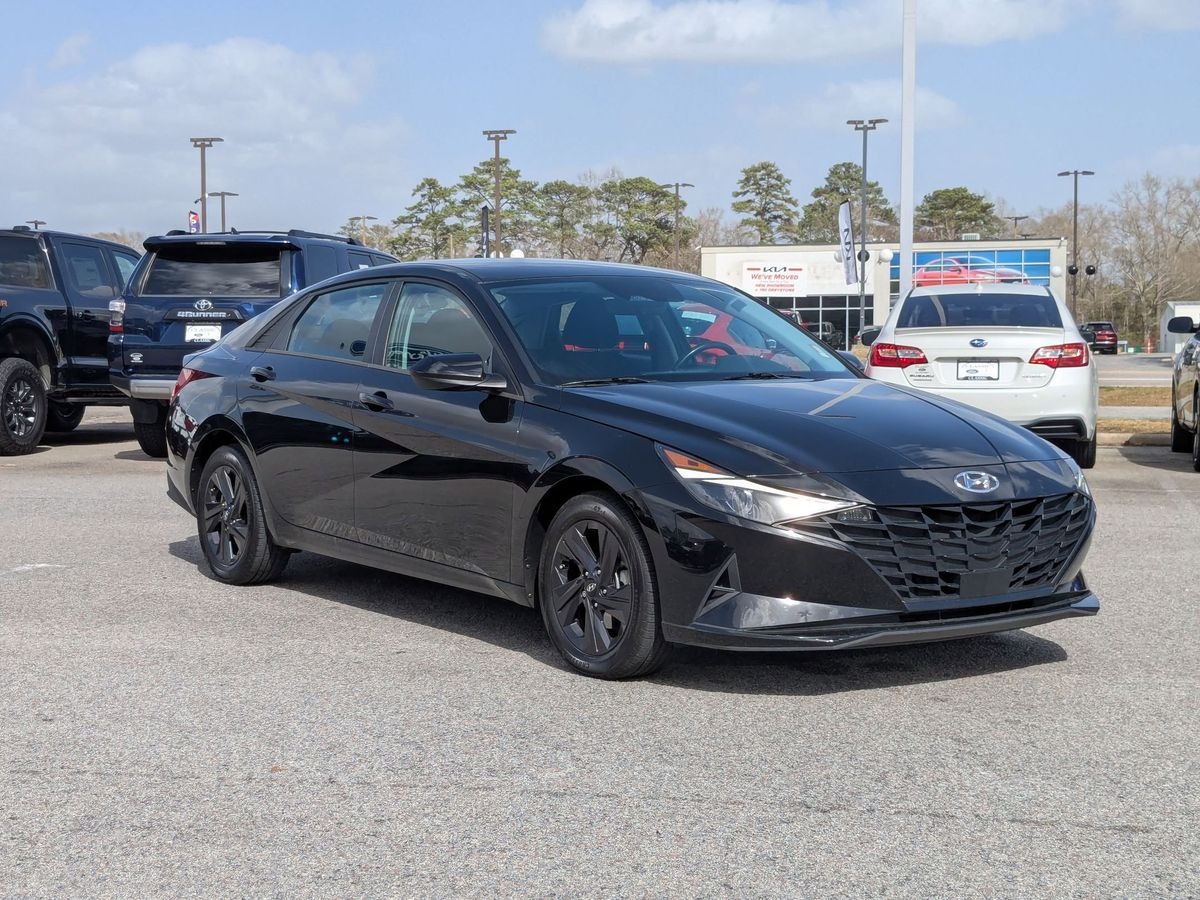
4. Hyundai Elantra
Hyundai has pushed boundaries with the Elantra’s styling in recent years, aiming to redefine how a compact car looks and feels. With sharp lines, a bold grille, and coupe-like proportions, the Elantra is visually distinct.
Unfortunately, these aesthetic choices result in a rear door opening that is too narrow for comfort. It’s a clear example of dramatic design impacting basic functionality.
The steeply sloped roofline cuts into the top of the rear doorway, making the entry space feel cramped. Taller passengers may find themselves bumping their heads, and even average-height users need to duck more than they should.
The door swing angle is also restricted, making it difficult to open the door fully in tight spaces — a common reality in urban or suburban parking lots.
Once the door is open, the interior space is fairly accommodating, which makes the narrow entry all the more frustrating. It’s a bottleneck issue: the access point is tight, but the space beyond it is acceptable.
That disconnect between visual roominess and practical usability makes the narrow door opening feel like a bigger problem than it might appear on paper.
Installing a child seat, helping elderly passengers, or loading a large backpack into the backseat becomes more challenging than expected.
The rear door opening simply doesn’t provide enough clearance for such tasks to be done comfortably. This is particularly disappointing given that Hyundai often markets the Elantra to budget-conscious families and commuters.
While the Elantra excels in areas like tech integration, warranty coverage, and fuel economy, it’s hard to ignore that the narrow rear door design makes everyday life harder for some users. It’s a detail that doesn’t get much attention in brochures or ads but has a real impact on how usable the car feels in the long run.
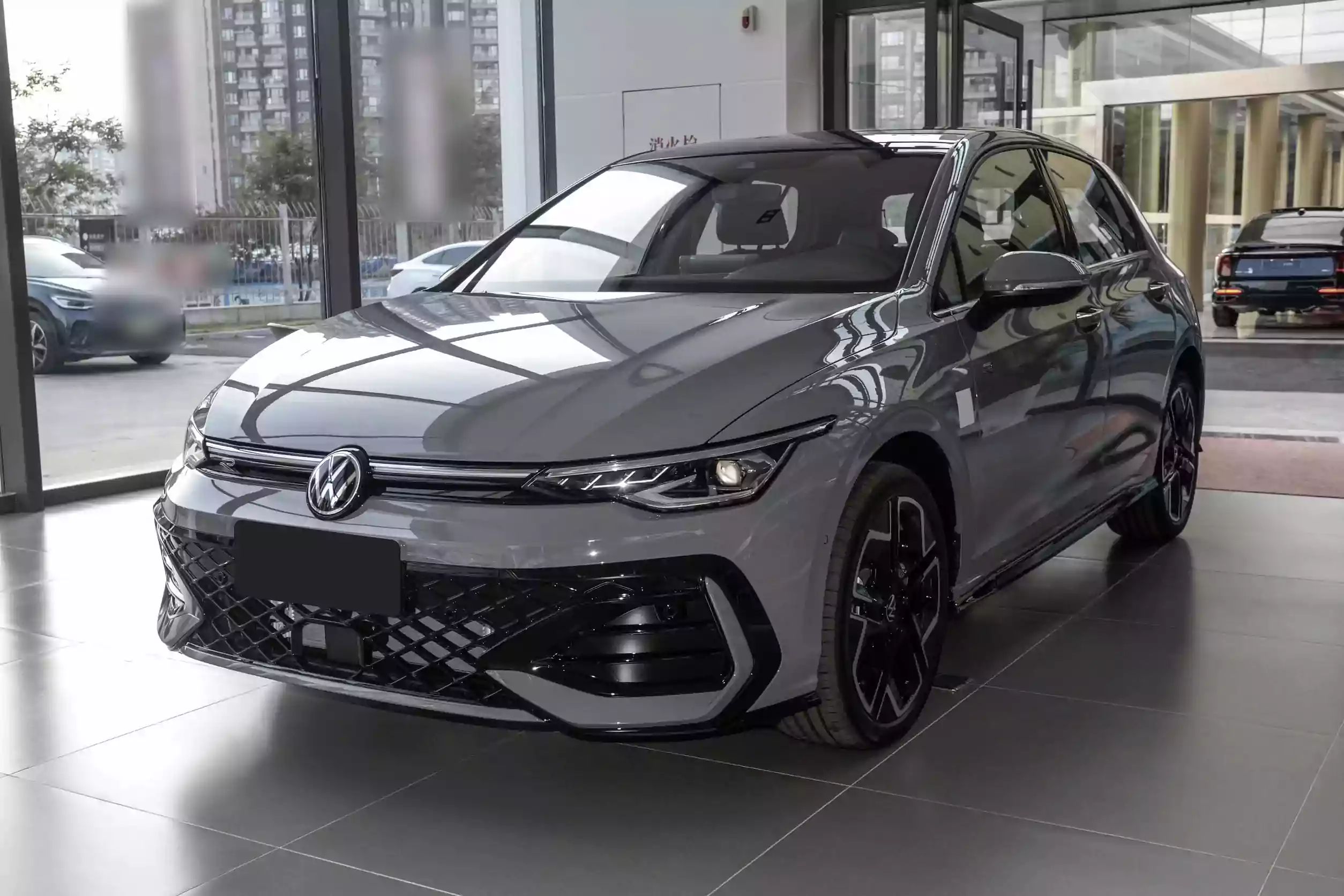
5. Volkswagen Golf
The Volkswagen Golf is known for its European sophistication, practical hatchback design, and well-rounded driving experience. However, it too struggles with the design of its rear doors.
Though the Golf has a reputation for maximizing interior space within its compact frame, the narrow rear door openings betray that strength and make accessing the backseat less user-friendly than it should be.
Part of the issue lies in the relatively short and upright dimensions of the car, which limit how large and wide the doors can be. The rear doors, though proportionate to the vehicle’s dimensions, do not open particularly wide and have a fairly tight hinge arc.
This becomes more evident when trying to get into the back seat with any kind of luggage, gear, or if you’re just a tall passenger needing more room to swing in your legs.
The B-pillar is also placed in a spot that interferes with easy entry, further cramping the space. Combine that with the modest swing angle of the door, and even getting a child into a car seat requires finesse.
The door structure curves inward slightly, and the rear wheel well encroaches into the entry space. These elements together make the Golf’s rear doors feel less functional than what you’d expect from a car that’s otherwise celebrated for practicality.
When you’re parked between two vehicles, the problem worsens. The narrow opening becomes increasingly claustrophobic, especially if you can’t open the door more than halfway.
It’s not unusual for rear passengers to bump knees or twist awkwardly when entering or exiting the vehicle in a tight parking spot. That’s an unfortunate reality for an otherwise versatile hatchback.
Despite these rear access issues, the Golf still excels in cargo capacity, cabin comfort, and high-speed stability. However, rear passengers — particularly older adults or families with small children — may feel that its everyday usability is diminished by doors that don’t match the rest of the car’s smart, user-friendly character.
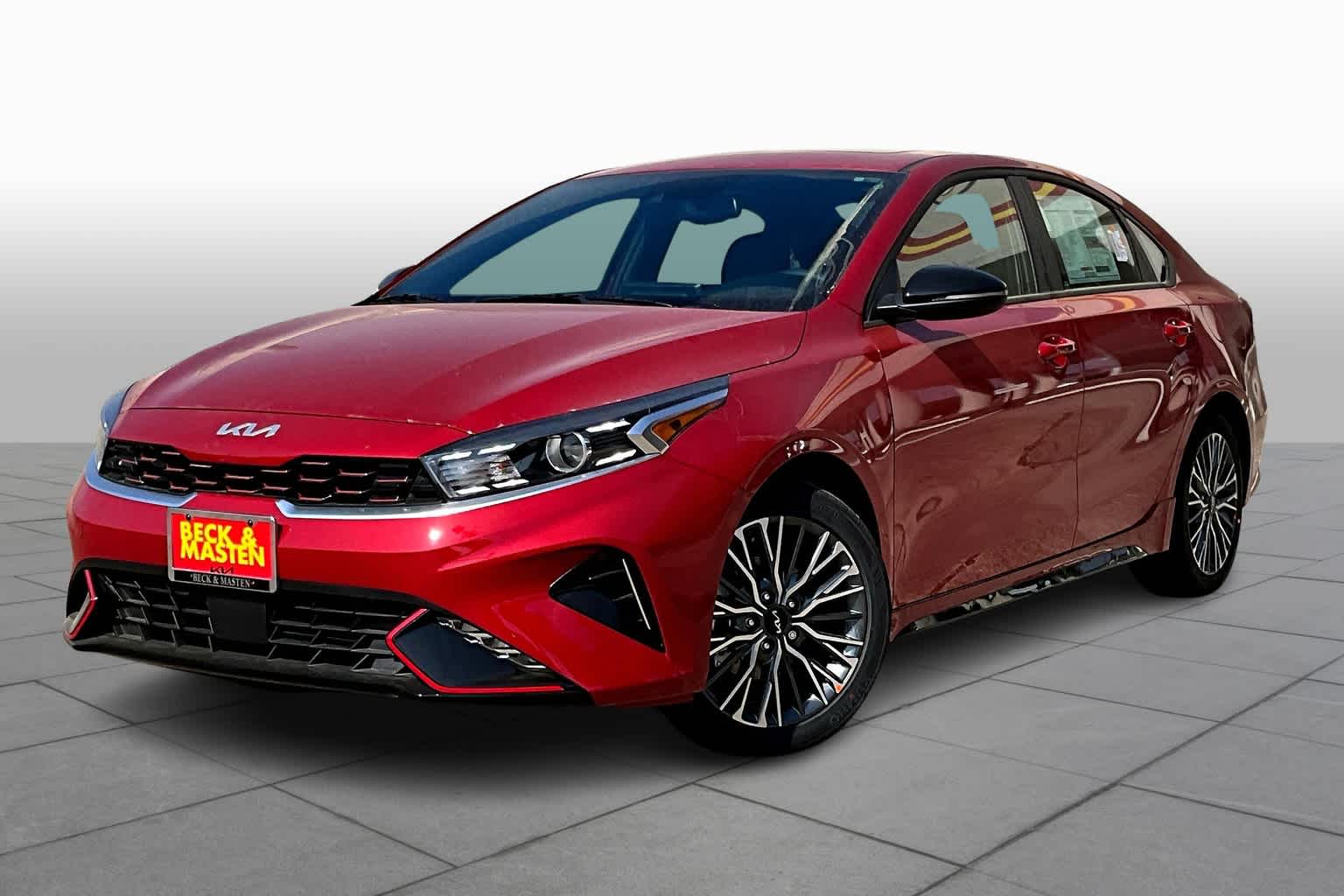
6. Kia Forte
The Kia Forte is one of the most value-driven compact cars on the market, offering a lot of features for a competitive price. But while its tech and design are commendable, the rear door access is one of its most noticeable ergonomic shortcomings.
The doors do not open wide enough to allow for effortless entry, especially when you consider the relatively tall stance of the rear seat cushion.
One reason for this flaw lies in the design’s emphasis on sportiness. The Forte features a fastback-like profile that slopes toward the rear.
That design eats into the vertical headspace of the rear door frame, creating a squeezed sensation at the top. The door panels themselves are thick and heavy, and while that gives an impression of durability, it also limits interior access through the narrower aperture.
Loading child seats, pets, or even groceries into the backseat can be unnecessarily awkward. The door swing restricts how far you can lean into the cabin, which means you may have to reach and twist to place items in or help passengers out.
Over time, these small inconveniences can become daily frustrations, especially for users who rely on the rear seats regularly.
Additionally, the Forte’s rear footwell isn’t particularly deep, so taller passengers may already be at a disadvantage once inside. Coupled with the tight door opening, even getting into a comfortable position becomes a task.
The user experience ends up feeling less refined than the car’s otherwise polished cabin and infotainment system would suggest.
Kia has made great strides in improving the Forte across the board, but accessibility still lags behind. If you plan to use the rear seats often — whether for kids, adults, or cargo — it’s worth taking the time during a test drive to evaluate just how easy (or difficult) it is to get in and out. The Forte’s value proposition remains strong, but its usability is less universal than it initially appears.
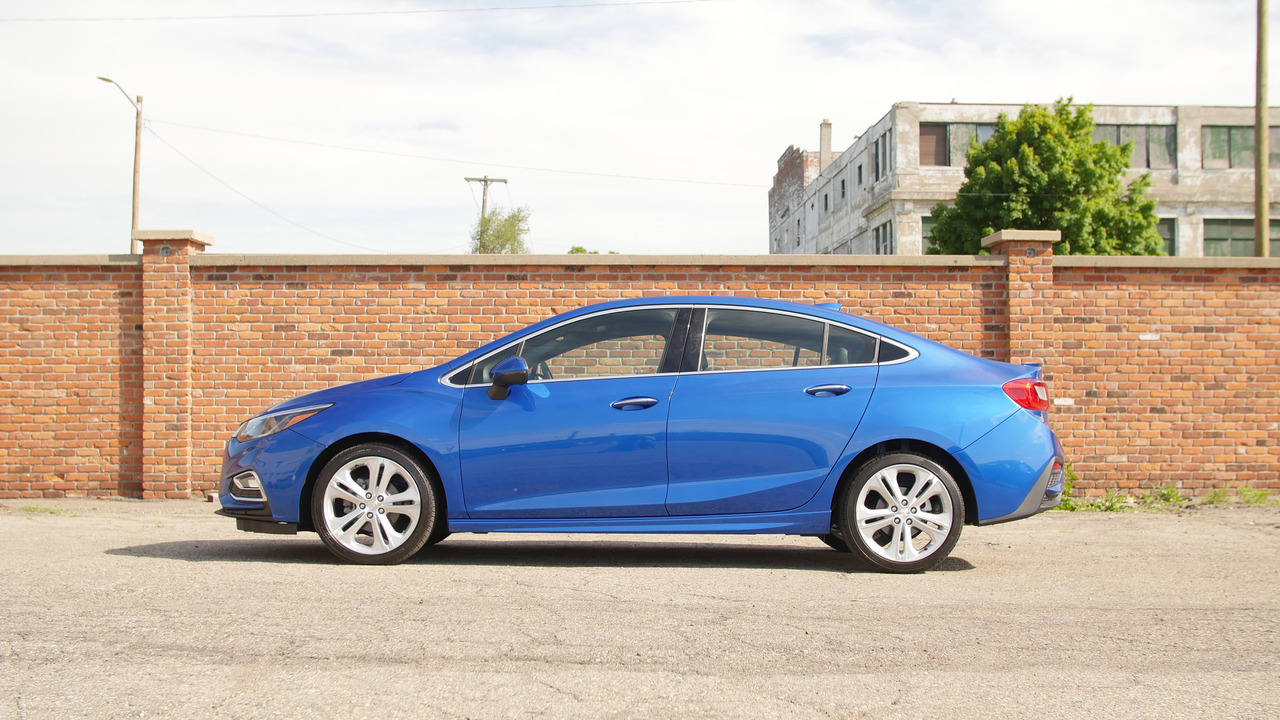
7. Chevrolet Cruze
The Chevrolet Cruze was once a strong contender in the compact car market, offering solid fuel economy, respectable interior quality, and a smooth ride.
However, one of the recurring complaints about the Cruze — especially in the sedan version — is the design and functionality of the rear doors. While the car presents itself as practical and commuter-friendly, its rear seat accessibility tells a different story.
The rear door openings are notably narrow, both in swing angle and vertical clearance. When you attempt to open the rear doors, they don’t extend as far outward as many competitors, limiting the space passengers have to step in or out.
This can create an awkward shuffle, especially in parking lots where you can’t fully open the door. For taller passengers, ducking under the sloped roofline becomes necessary, further complicating entry.
Parents will find particular difficulty installing or removing child safety seats due to the limited room to lean into the vehicle. It becomes difficult to align the seat or fasten belts without contorting your arms or body.
Even loading everyday items like grocery bags can become a hassle when you’re trying to do it quickly or in confined spaces.
The interior space in the Cruze is decent once you’re seated, which makes the bottleneck caused by the rear doors feel even more frustrating. Chevrolet aimed to give the Cruze a more sculpted, modern look, but the payoff comes at the cost of practical design.
Thicker doors and smaller openings result in an access point that simply doesn’t serve families or rideshare drivers well. For solo commuters or couples, the Cruze remains a capable vehicle. But for those who prioritize easy rear seat use, whether for passengers or utility, the narrow rear door design becomes a recurring and inescapable irritation that compromises the car’s practicality.
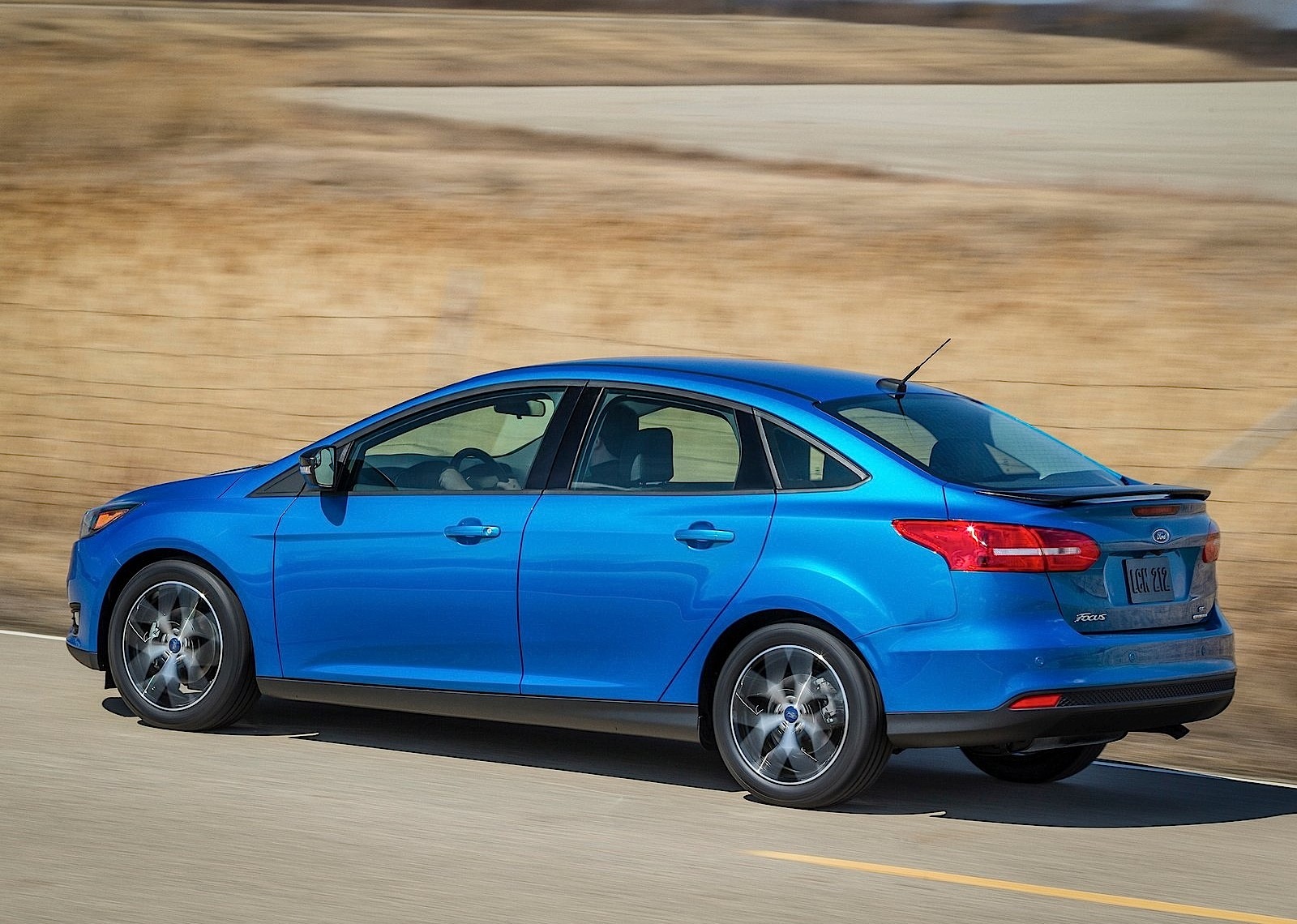
8. Ford Focus Sedan
The Ford Focus Sedan, once a mainstay of the compact car segment, was known for its agile handling and European-inspired ride quality.
Despite its engaging drive, however, it has long been criticized for a rear door design that is more restrictive than many of its peers. In both appearance and function, the doors seem secondary to the car’s styling goals.
One major flaw is the limited door swing, which affects the ease with which passengers can enter or exit. The hinge design restricts the range of motion, particularly noticeable in confined spaces or when trying to load large items. The sloping rear window line and rising beltline give the Focus a dynamic look, but those same features also shrink the usable door area.
The problem is compounded by the high rear seat base and relatively short footwell. Taller individuals will find that their feet get caught when trying to climb out, especially if the door isn’t fully open.
Kids might not notice, but anyone with longer legs or mobility issues will feel the pinch, sometimes literally, as knees and ankles brush against door edges.
For child seat installation, the situation is no better. The limited access angle makes it difficult to secure a seat without entering the vehicle entirely.
It’s inconvenient, time-consuming, and not what you’d expect from a compact car marketed toward young adults and families. The Ford Focus Hatchback fares slightly better due to a different rear door shape, but the sedan variant falls short.
While the Focus has its strong points, particularly in driver engagement and fuel economy, the rear seat access problem holds it back. In a category where practicality matters just as much as performance, these ergonomic compromises can be a dealbreaker for some. It’s a classic example of sporty design overtaking day-to-day functionality.

9. Subaru Impreza Sedan
The Subaru Impreza is often praised for its all-wheel-drive capability, making it one of the few compact sedans to offer such a feature as standard. While this gives it an edge in poor weather or off-road conditions, it doesn’t excuse one of its less obvious shortcomings — narrow rear doors that hinder access and comfort.
The Impreza’s rear doors don’t open as wide as those on many competing sedans, which feels contradictory for a car often marketed as an adventure-ready family hauler.
When you try to open the rear doors in tight spaces, the restricted swing becomes a noticeable hindrance. This is especially problematic for active users who might be loading gear, kids, or pets into the rear seat.
The sloping roofline and thick C-pillars add to the difficulty. They reduce the height of the rear door aperture, forcing passengers to duck significantly to enter.
Taller individuals often report bumping their heads or struggling with leg clearance when getting in or out, which takes away from the comfort the Impreza otherwise offers inside.
Loading items or car seats into the back row can also be awkward. The tight door frame and limited swing angle mean you have to lean further into the car, often at uncomfortable angles.
For a car designed with lifestyle users in mind, this makes for an odd mismatch between purpose and execution. The hatchback version offers a bit more practicality, but the sedan’s rear access remains underwhelming.
Ultimately, Subaru has focused heavily on performance, safety, and drivability with the Impreza — and it shows. But rear-seat usability, particularly access through the rear doors, has taken a backseat in the design. For those who value function as much as capability, this is a detail that may tip the scales toward other options.
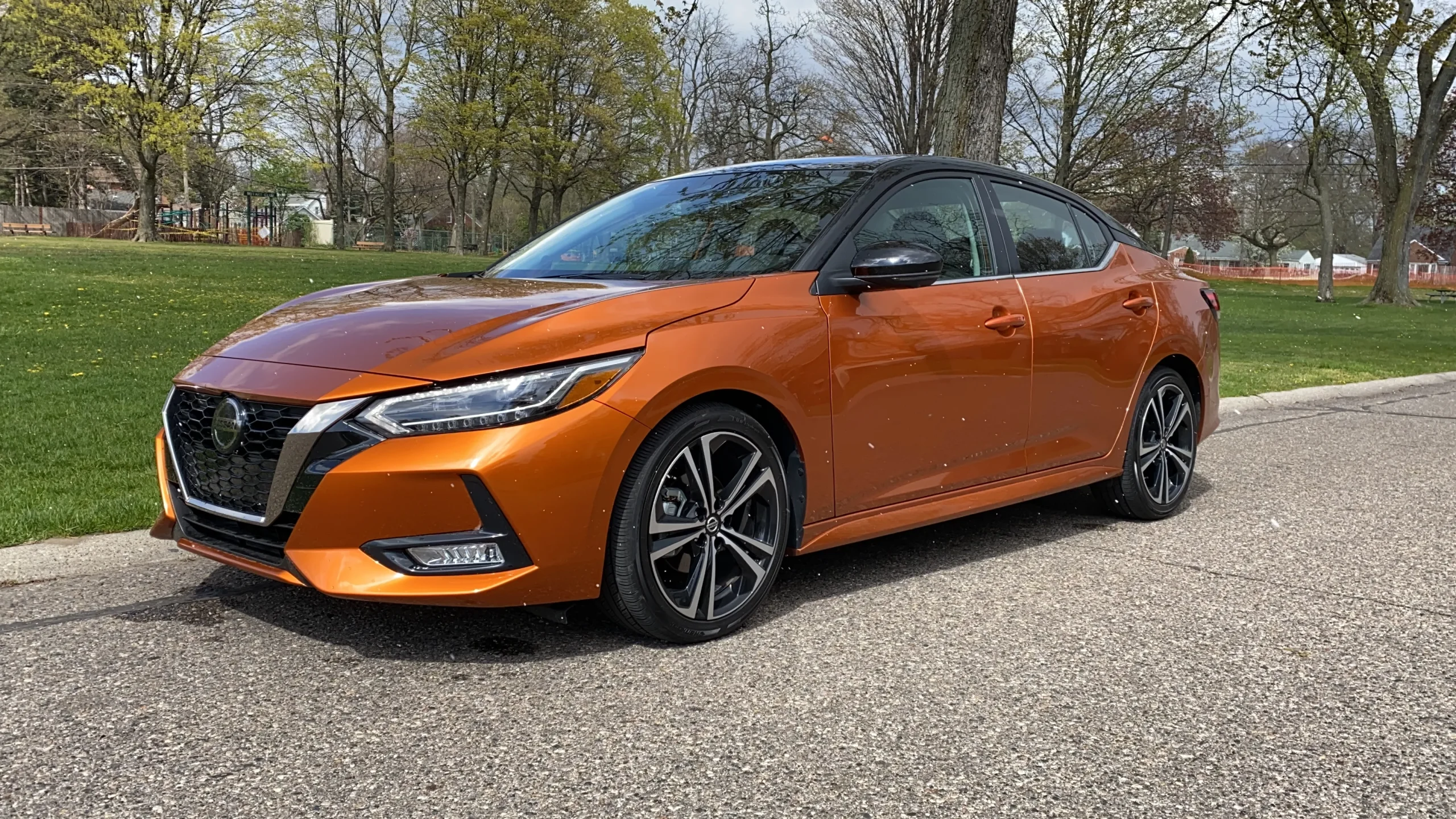
10. Nissan Sentra
The Nissan Sentra has seen multiple redesigns over the years, gradually shedding its rental-car image in favor of a more premium, stylish presentation. While the latest versions boast improved materials, a modern tech suite, and smoother driving dynamics, one consistent drawback remains: the rear doors don’t open wide enough for easy access.
Despite being positioned as a comfortable and spacious compact sedan, the Sentra’s rear doors are surprisingly tight. The swing angle feels limited, which makes entry and exit more difficult than necessary.
Passengers may need to shuffle sideways or lower themselves carefully to avoid bumping the door frame, particularly in parking lots or narrow driveways.
Another factor that contributes to this issue is the thick door structure and the relatively high placement of the rear bench. The combination means there’s less vertical and horizontal room to work with when entering or loading the car. It becomes especially noticeable when handling baby seats or helping elderly passengers in and out.
Even though the cabin itself is spacious once you’re seated, that accessibility is undercut by the frustrating process of getting through the door. It’s a design issue that may not be immediately noticeable on a showroom floor, but becomes apparent with daily use. Over time, it can affect how satisfied owners feel with the car’s usability.
The Sentra remains a well-rounded option with good fuel economy and modern features, but the narrow rear door design is a practical limitation that could have been easily addressed in a redesign.
For anyone who prioritizes ease of access and everyday comfort, this is a critical detail that should be carefully evaluated before making a purchase.
Also read: 5 Cars That Are Safe to Modify and 5 That Fall Apart With Upgrades
Compact cars are designed to offer a balance of affordability, efficiency, and convenience — yet not all succeed equally in the finer details that affect daily usability.
Among the most overlooked of these details is the rear door design, particularly how wide the doors open and how easy they are to use in real-world situations.
Across the ten cars discussed — from the Honda Civic and Toyota Corolla Hatchback to the Chevrolet Cruze and Nissan Sentra — a clear pattern emerges: stylish, aerodynamic design often comes at the expense of practical access.
Narrow rear doors might not seem like a dealbreaker at first glance. After all, if you’re just glancing at specs or admiring body lines, you may not immediately notice the restricted door swing or tight entry angle. But for anyone who regularly uses the back seats — parents, rideshare drivers, pet owners, or even those who carpool — this flaw becomes a recurring frustration.
Whether it’s struggling to buckle a child seat, helping someone with limited mobility, or simply trying to slide in without bumping your head or knees, narrow door openings can quickly turn an otherwise great car into a daily inconvenience.
It’s important to remember that even the most thoughtfully engineered vehicle can feel incomplete if it overlooks small but impactful ergonomic considerations.
And while all ten of these cars have a lot to offer — from safety and reliability to tech features and fuel efficiency — they each suffer from rear door designs that don’t fully support easy passenger access. In a segment where practicality should lead the design process, this is a noteworthy drawback.
For prospective buyers, the lesson is simple: always go beyond the spec sheet and the test drive in the front seat. Sit in the back. Open and close the doors.
Pretend you’re in a real-life scenario — loading a toddler, carrying groceries, or helping a grandparent into the car. These are the moments that define long-term satisfaction, not horsepower figures or touchscreen sizes.
Choosing a compact car is about more than picking what looks good or gets the best mileage — it’s about choosing what fits your lifestyle. And sometimes, that means stepping back and making sure you can actually step in.

